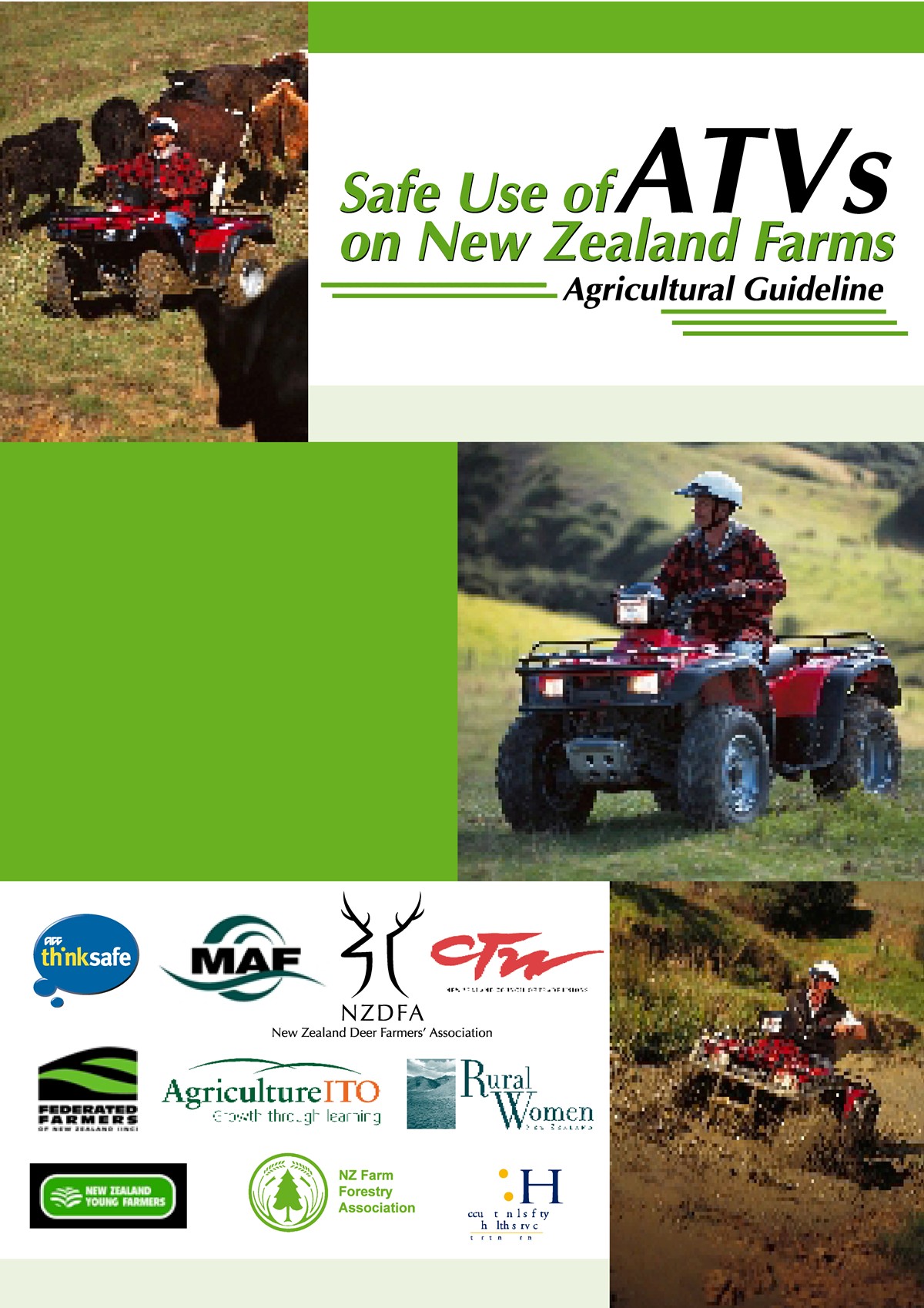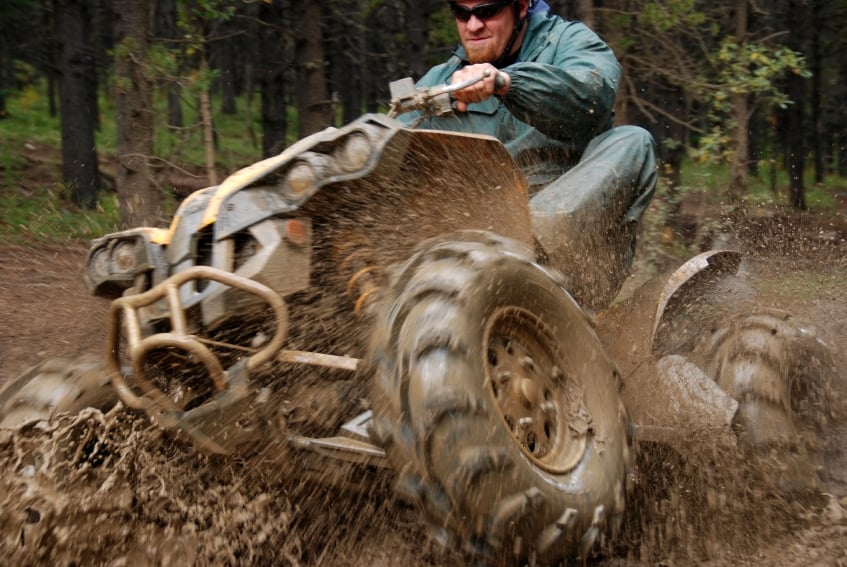The New Zealand Department of Labour (DoL) has announced a period of public consultation on its OHS guidance on the safe use of off-road vehicles. The process will include a review of “Safe Use of ATVs on New Zealand Farms: Agricultural Guideline” publication.
“is looking to extend this publication to apply to the agricultural, forestry and adventure tourism industries.”
There is a potential for a considerable broadening of OHS issues but this may be hampered by the scheduling of the public consultation. The DoL public commentary period closes on February 13 2010. Both Australia and New Zealand are in Summer holiday mode and many companies are closed down for several weeks in January or operate on a skeleton staff. SafetyAtWorkBlog has commented on this trend for short consultative periods over the Christmas break previously. Continue reading “NZ announces inquiry into the safety of farm vehicles”



